The Great Ocean Road is an Aussie icon and one of the most beautiful drives in the world. This 240km stretch of Victoria’s southeastern coast between Torquay and Allansford takes you through seaside towns, rainforests and coastlines. The drive is guaranteed to deliver natural beauty, animals and culture.
Scenic Drives in Nature
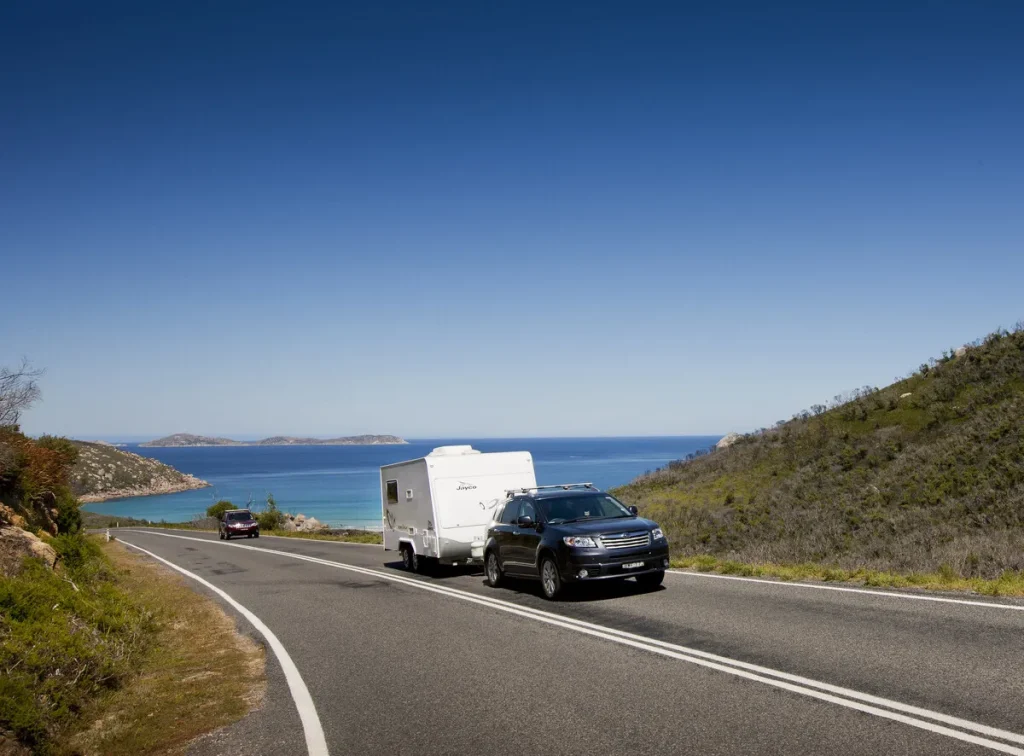
Driving the Great Ocean Road is a one off. The coastal route has different landscapes – the Otway National Park’s eucalyptus trees and the Shipwreck Coast’s limestone cliffs. Whether you’re visiting secluded spots like Johanna Beach or famous surf beaches like Bells Beach, there’s plenty of opportunities to stop and take in the impressive views on this coastal drive. Every time you turn a corner it’s a new and famous sight, it’s a nature lover and photographer’s paradise for scenic routes.
Explore The Area
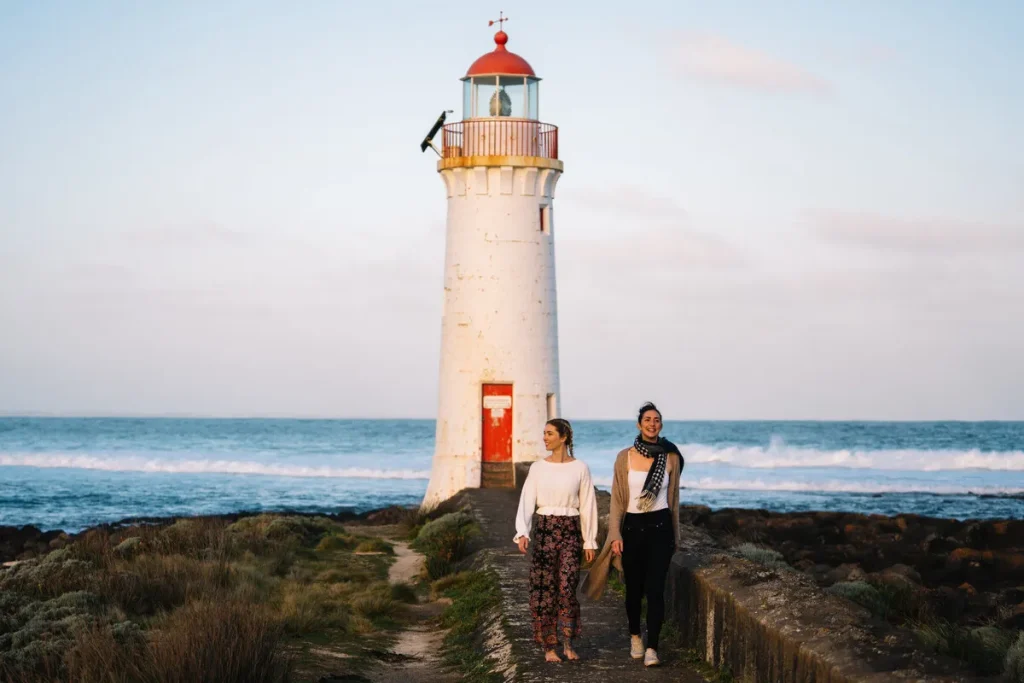
The Great Ocean Road region has many attractions and natural wonders. Each stop is different – from the laid back charm of Apollo Bay to the cultural buzz of Port Fairy. Such icons as Twelve Apostles (iconic), Bay of Islands (cliffs) and Maits Rest (calm). There’s something for every type of traveller whether you’re here for day trips or longer stays.
Natural Landscapes and Wildlife
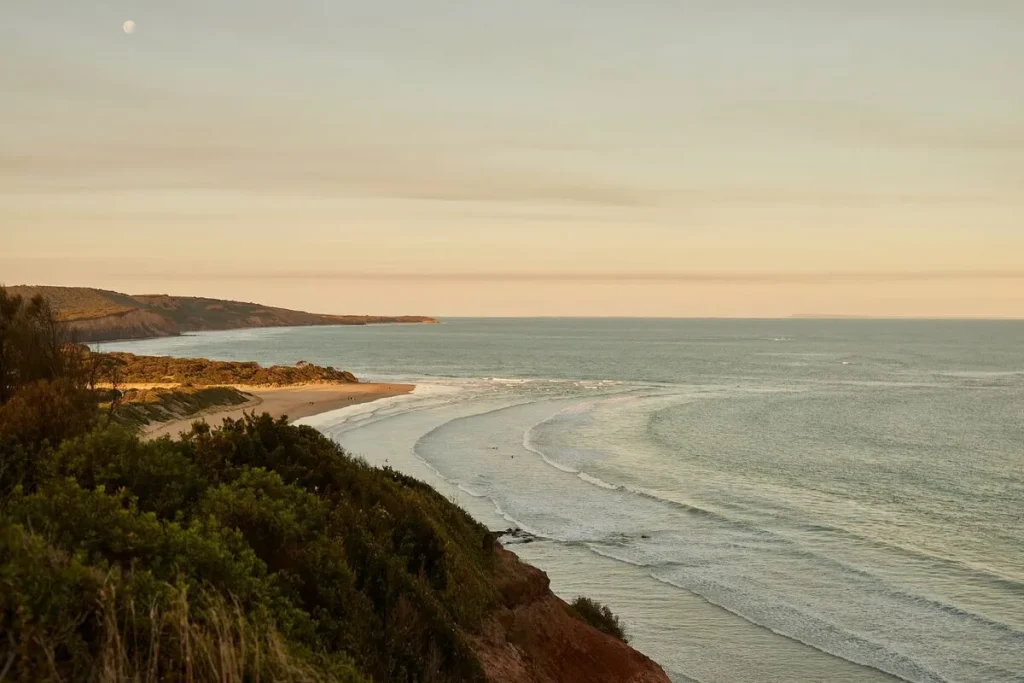
The Great Ocean Road has some of Australia’s most diverse coastlines. Twelve Apostles – rock formations with Gibson Steps leading into them – are one of the natural wonders in Port Campbell National Park. See koalas in the wild at Kennett River, walk through ancient trees at Otway National Park or visit bird watching spots like Tower Hill Wildlife Reserve while staying at nature reserves like Erskine Falls and Triplet Falls where greenery and waterfalls are abundant.
Beaches and Surf

Great Ocean Road means beautiful beaches and surf culture. For surfers Bells Beach has world class waves. The Surf Coast has other surf spots and beach scenes and Apollo Bay Beach is a quieter alternative. This drive is lined with beaches each with its own character and swimming, sunbathing or beach activities.
Where To Stay And What To Do
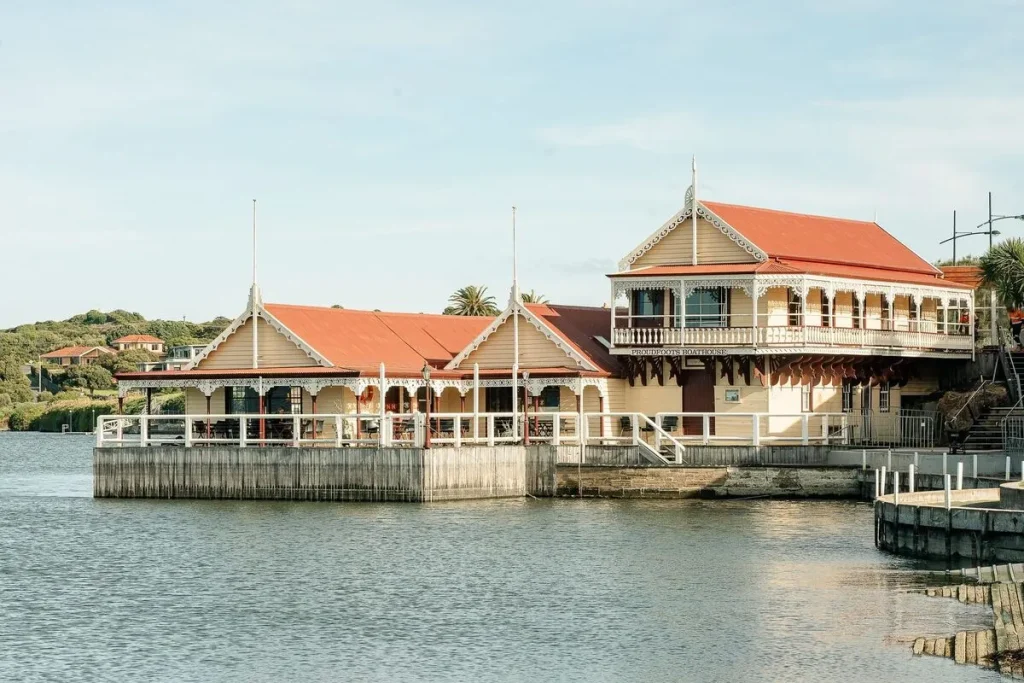
Accommodation options along the Great Ocean Road cater to all tastes and budgets. From seaside holiday parks to luxury retreats for everyone. For the ultimate stay think about staying in a beachside cabin or a hotel overlooking the Southern Ocean. There are many add-ons to upgrade your trip including walking national parks with a guide, helicopter flights over the Twelve Apostles tours to see kangaroos and koalas and more.
Book Now
When planning your Great Ocean Road trip think about your itinerary in terms of when to go, where to stay and what to see. If adventure or relaxation is what you are after then the Great Ocean Road won’t disappoint as it has something for everyone. Use your travel resources and guides to plan your way so you can book early and not miss out on the best bits along the way.
The Route
To make your trip efficient follow the main road and take in all the must sees along the way. Start at Torquay and go to Bells Beach one of the most famous spots. Then through Surf Coast to Aireys Inlet where the Split Point Lighthouse is. Take in the rock formations in Port Campbell National Park including the Twelve Apostles and London Arch. Don’t miss Apollo Bay’s beaches, Otway Fly Treetop Adventures’ rainforests and Kennett River’s wildlife area.
Must Sees
Bells Beach
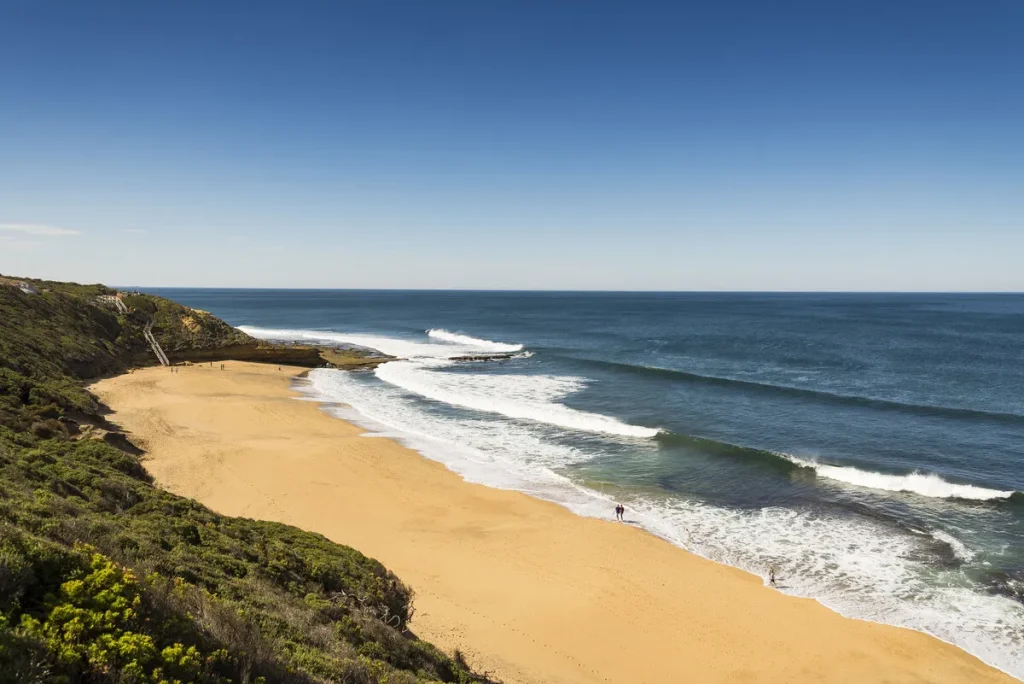
Big waves and stunning coastal views have made Bells Beach a favourite among surfers and beachgoers. It’s a lovely spot known for its powerful swells and huge waves so it’s a feature in Australian surfing competitions. Pro surfers come from all over the world to compete here. The Southern Ocean cliffs provide the most dramatic backdrop for a sick surf session or just a relaxing day at the beach. If you love to surf or just want to chill by the beach then Bells Beach will leave you wanting more.
Addis Marine National Park
Rugged coastlines, pristine beaches and marine life galore. Snorkelers and scuba divers will love this place as you get to explore underwater worlds where various species of fish live. Clear waters and kelp forests are perfect for spotting colourful fish, playful seals and other sea creatures. The Southern Ocean can be seen from the park’s cliffs and beaches, so it’s perfect for nature lovers who want to get wild.
Aireys Inlet
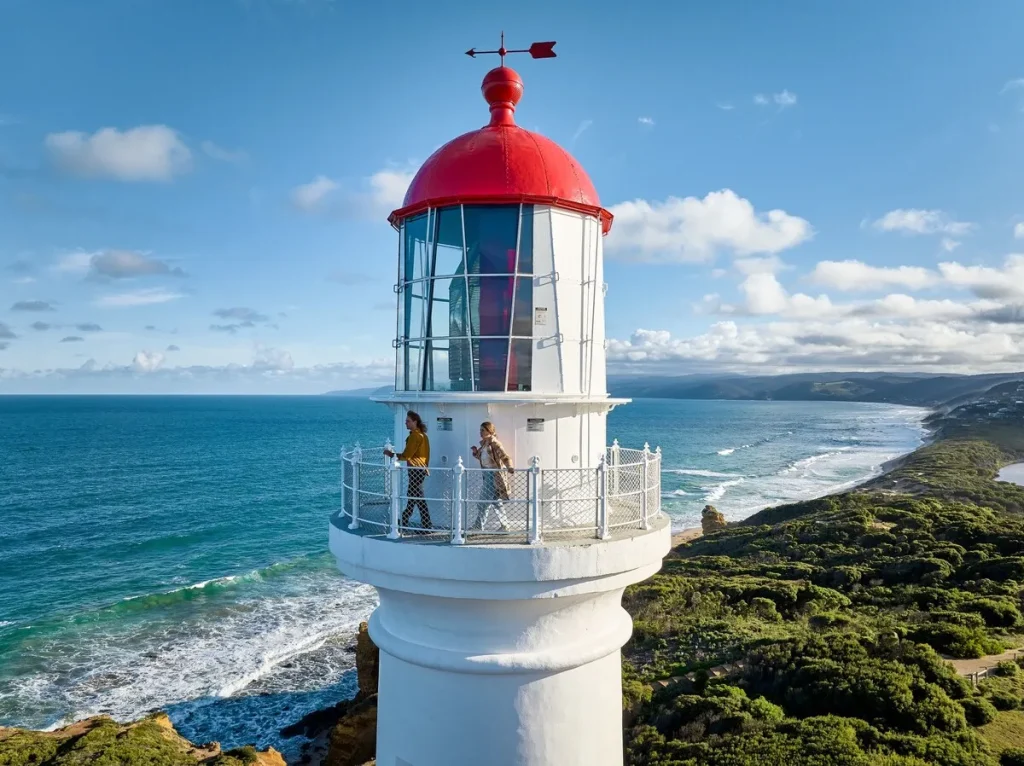
Aireys Inlet is famous for its beautiful views and peacefulness along the Great Ocean Road. The Split Point Lighthouse is a iconic landmark in this area and many visitors love to snap it. The white tower on the rocky coastline is a great backdrop for quick snaps or slow visits. On top of a scenic lighthouse, Aireys Inlet has restaurants with a warm dining experience and some chill out spots with country charm.
Memorial Arch
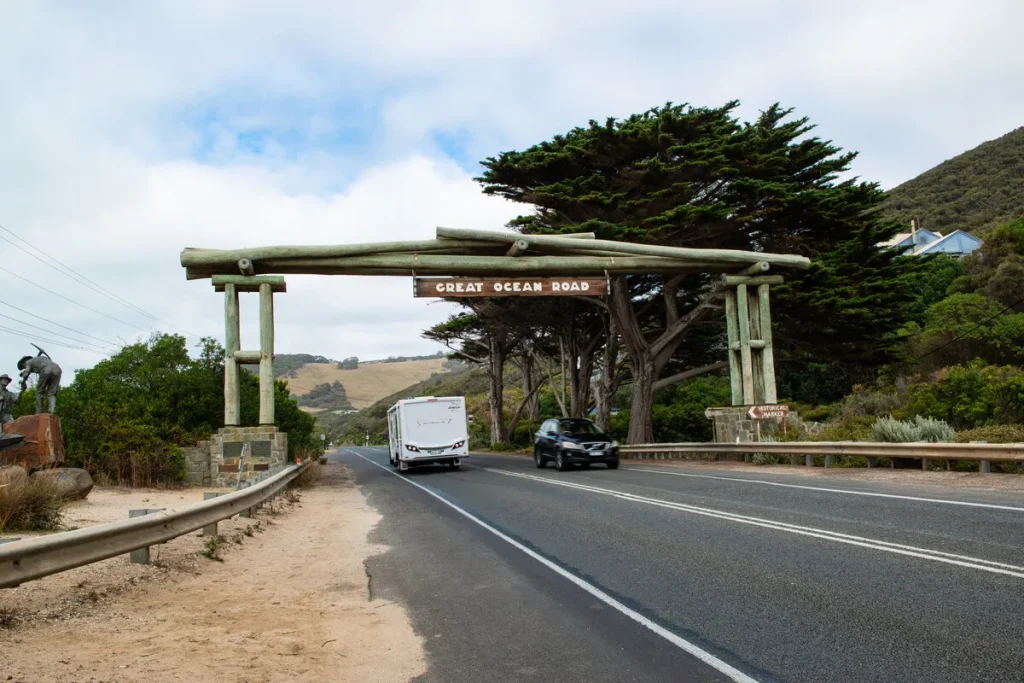
The Memorial Arch at Eastern View is a historical site commemorating the soldiers who built the Great Ocean Road. This impressive monument recognises those people who worked on building this amazing highway now one of Australia’s most popular sea drives. The arch is a moment to reflect on the history of the Great Ocean Road and for those interested in local history something to remember.
Lorne
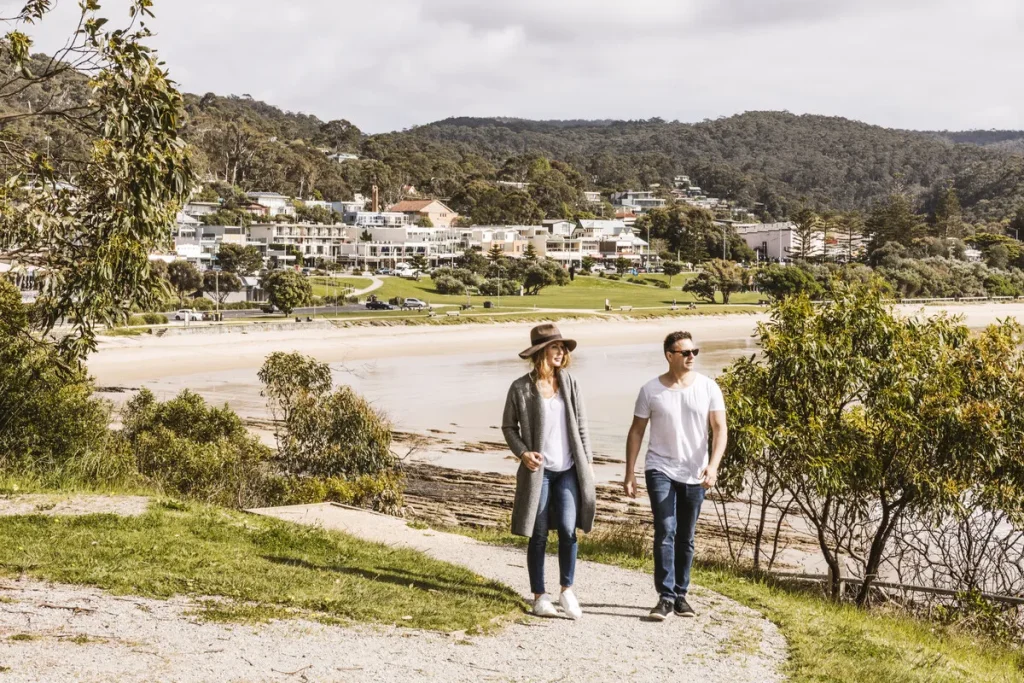
Lorne is a bustling beach town famous for its beaches, food and street art. There’s plenty to do when you get here including feeling beachy, shopping local and taking in the coastal views. Plus Lorne has murals on walls and mazes on footpaths where you can eat food from local restaurants and chill out at the beaches. The energy and the coastline makes Lorne perfect for relaxing and exploring along the Great Ocean Road.
Warrnambool
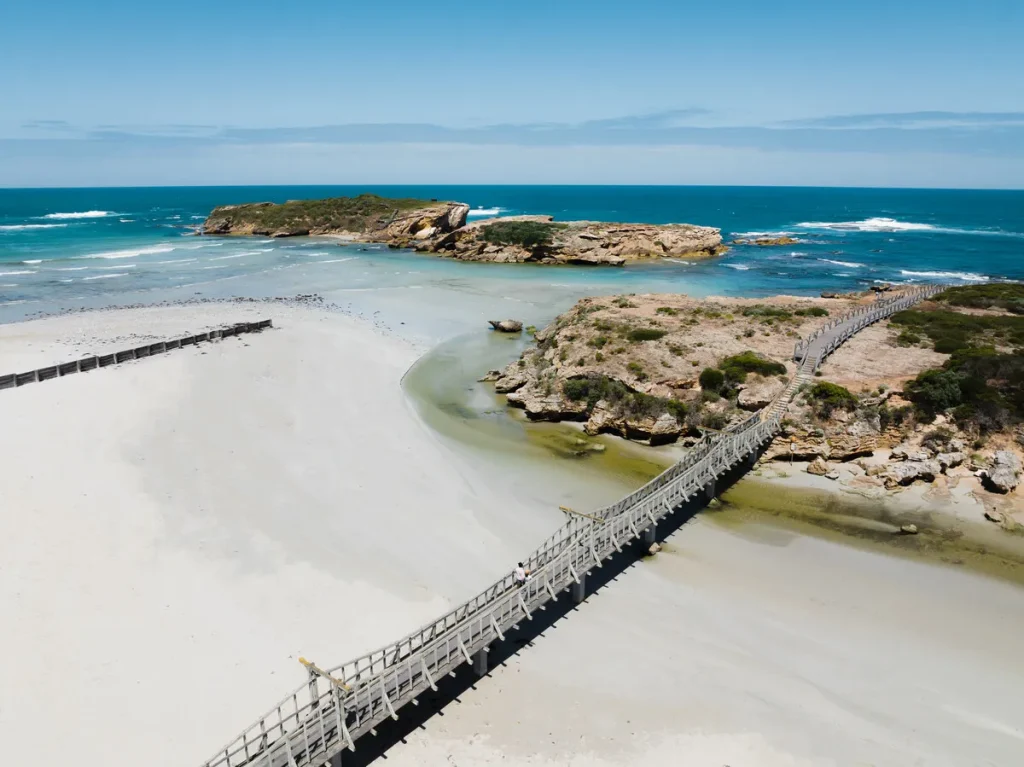
Warrnambool is the largest town on the Great Ocean Road and is a central point for many visitors to this part of the country. The city has many tourist attractions including Flagstaff Hill Maritime Village where you can learn about the maritime history of the area. Logan’s Beach is also in Warrnambool, another spot for whale watching during migration season. The city’s cultural scene, historical landmarks and natural beauty in these areas makes it a hub to explore the coastal wonders nearby.
Port Campbell

This is the entry point to the stunning Port Campbell National Park. If you want to see the Twelve Apostles up close, this is where you should start. Being so close to these icons makes Port Campbell stand out from the other nearby towns as they are beautiful and any traveller would love to see the Shipwreck Coast with these famous rock formations around.
Cape Otway

It’s also home to a beautiful lighthouse and Cape Otway Lightstation where you can learn about the region’s maritime history. The lightstation is a beacon for this area’s navigational past and has stunning views of the rugged coastline and Southern Ocean. Another attraction nearby is Cape Otway National Park with its ancient trees and wildlife, so you really should visit it for its natural beauty and historical significance.
FAQ
When to go on Great Ocean Road?
Best time to drive on Great Ocean Road is from late spring to early fall. You’ll have enough time to enjoy great weather, beautiful coastlines or get involved in outdoor activities like surfing or swimming.
How long to drive all of Great Ocean Road?
Driving straight through without stopping will take around 4-5 hours. But if you want to take your time and see the amazing sights and attractions then allow 2-3 days.
Are there guided tours on Great Ocean Road?
There are many different types of guided Great ocean road Melbourne tours including wildlife tours, scenic helicopter flights and historical tours. These will give you a deeper insight into local life and access to exclusive views during those experiences.
Can I see animals on Great Ocean Road?
Yes! The Australian wildlife is abundant along this entire stretch. Keep an eye out for wild koalas in Kennett River, kangaroos at Tower Hill Wildlife Reserve and various bird species throughout the region.
Where to go on Great Ocean Road?
The twelve Apostles, Gibson Steps, Bells Beach, Apollo Bay, Cape Otway Lighthouse and Port Campbell National Park are must sees. Each one is special and will stay with you forever.
Where Does the Road Start and End?
Torquay is where the Great Ocean Road begins. Many people know this place because it’s famous for being one of the best surf spots in the country and for its views.
How Long To Drive The Great Ocean Road?
The time it takes to drive the whole Great Ocean Road depends on how long you spend at each stop. To really take it all in and visit the main attractions, you should plan for at least 2-3 days.
